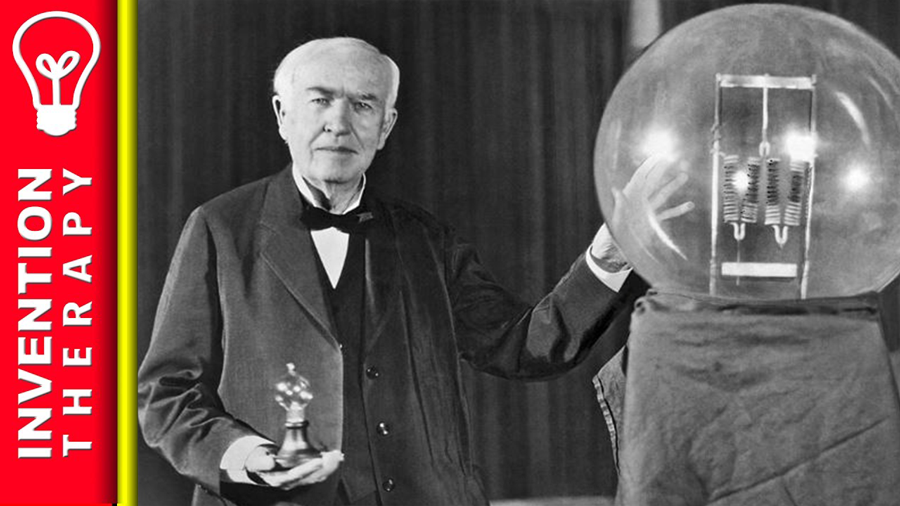The invention of the light bulb, is in no doubt one of those everyday gadgets that most influences our daily lives. The concept or actual device was not actually “invented” by Thomas Alva Edison in 1879. He can however be given the distinction of having created practical, first mas produced and successful incandescent light. For it is not always the job of the inventor to be original with his or her ideas but only to be the one to develop and bring to market the most usable of designs for a product.
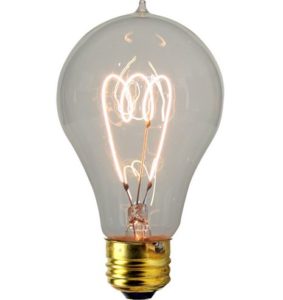
The Complicated History of the Light Bulb
Thomas Edison was neither the first, nor the only person, to work day and day in the race to invent a practical replacement for the poor illumination, toxic and dangerous fumes released by gas lamps of the day. The invention of the incandescent light bulb was inevitable but the question remained as to who would be the first to succeed.
Many history books and documents of the time claim that there were more than twenty versions of this invention prior to Thomas Edison’s electric bulb. Edison’s name is synonymous with the invention of the light bulb because his adaptation was the most practical in design for the technology of that time.
Edison’s light bulb had many important advantages:
- Easy to acquire materials for manufacturing.
- Superior components that offered longevity of operation.
- Higher internal vacuum pressure.
- Lower cost and easy to mass produce.
- Higher internal electrical resistance which made power distribution for city-wide applications achievable from a central electricity generating plant.
The First Versions of The Light Bulb
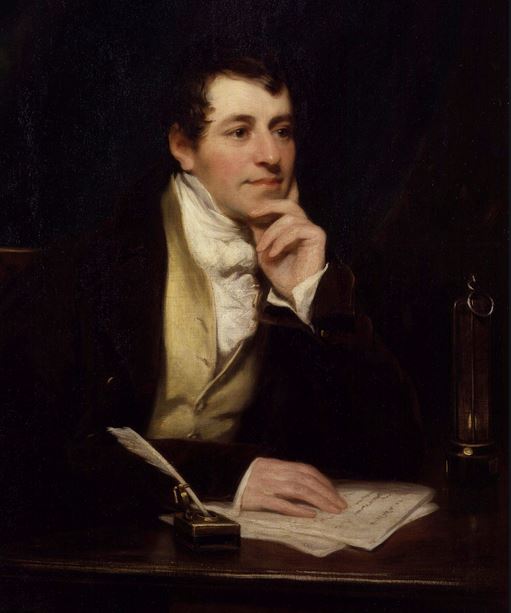
Humphry Davy – December 17, 1778 – May 29, 1829
Humphry Davy invented the first electric light in 1802. He researched, tested and did experiments with electricity and most notably invented a type of electric battery. During one of his experiments, he connected wires to one of his batteries and a piece of scrap carbon. Once the electrical circuit was completed, the carbon heated up and began to glow which as a result produced both heat and a great deal of light. His invention was known as the Electric Arc lamp and because it had a short life and was abnormally bright, it was never deemed practical for household or industrial use as every day lighting. Humphry’s invention was not a total failure and many years later become the preferred light source used in the movie theater film projectors. It took many years for other inventors to take Humphry’s idea and turn it into a practical, working product.
Progress Continues
Over the next seventy years, many creative individuals also struggled to come up with their versions of “electric bulbs” but none of these designs were viable as commercial products.
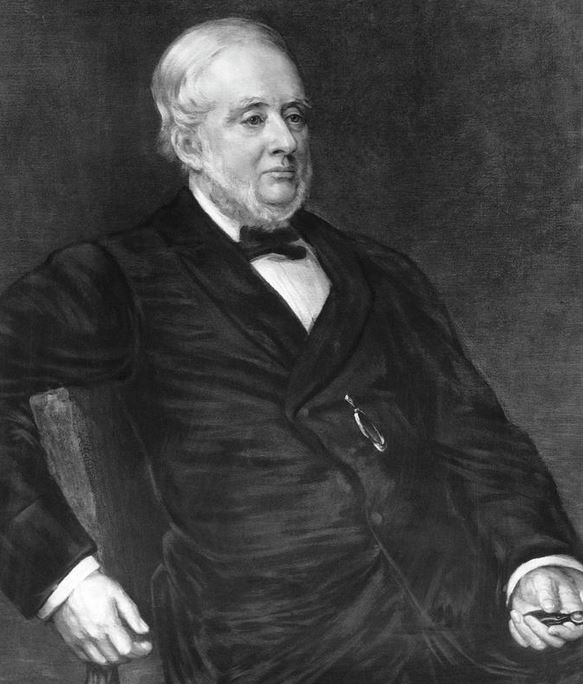
Warren de la Rue – January 15, 1815 – April 19,1889
In 1840, Warren de la Rue placed a coil of platinum wire inside a glass vacuum tube and hooked up wires to both sides. He then passed an electric current through the coiled wires. The high melting point of platinum would allow it to operate at extremely high temperatures. The vacuum made it so the glass chamber contained fewer gas molecules that could react with the wire causing it to fail. This method of reducing the molecule interaction inside the chamber significantly improved the electric light’s longevity. Although this was a vast improvement over previous designs, the high cost of platinum, again, made its use impracticable as a commercially viable product.
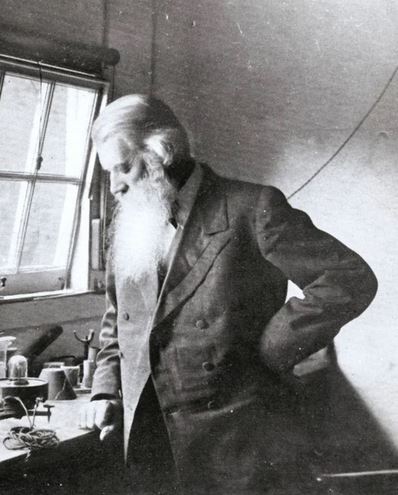
Sir Joseph Wilson Swan October 31, 1828 – May 27, 1914
An English physicist named Joseph Wilson Swan created a “light bulb” in 1850 by encasing paper saturated with carbon in an evacuated glass sphere. Unfortunately a lack of a good vacuum and an inability to supply an adequate amount of electrical current resulted in a short operating lifespan. By 1870, better vacuum pumps became available so that Swan could improve his design and he continued to experiment with his electric light bulb designs. By 1878, Swan began working on an improved, longer lasting light bulb that used a specially treated cotton threads.
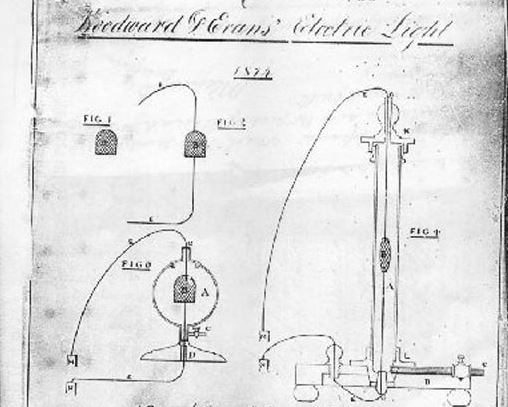
Woodward / Evans 1874 Patent
Using different sizes and shapes of carbon rods, Canadian inventors Henry Woodward and Mathew Evens connected these rods between electrodes inside of glass tubes filled with nitrogen. Woodward and Evans made many attempts to commercialize their lamp but were unsuccessful. Eventually, they sold their patent to Thomas Edison in 1879 and the rest is history.
Thomas Edison and the “first” light bulb
In 1878, Thomas Edison began serious research into developing a practical incandescent lamp. Edison filed his first patent on October 14, 1878 for “Improvement In Electric Lights”. While waiting for the patent to be approved, Edison continued to test and improve the design by experimenting with many types of materials to be used as filaments. By November 4, 1879, his discoveries were so significant that he was able to file another U.S. patent for a electric lamp that used “a carbon filament or strip coiled and connected … to platina contact wires.”. The filament was made from a piece of carbonized thread similar to what Joseph Wilson Swan had been working on many years early. It was Thomas Alvin Edison’s practical approach and improvements in the design that made his electric light bulb the first truly viable commercial product.

Like any good patent filing, Edison’s claims covered many ways of creating the carbon filament including the use of cotton and linen thread, wood splints and even paper coiled in various ways. It was not until months after the patent was granted that Edison and his team discovered that a carbonized bamboo filament could last over 1200 hours.
It was this often overlooked discovery that marked the beginning of the mass production of light bulbs starting in 1890. Thomas Edison name is now “burned” into our history books forever and why he will always be considered one of the world’s greatest inventors.


Are you ready to become an inventor?
Getting your idea out of your head and into your hands is only the first in a long set of steps towards becoming a successful inventor.

First Steps To A Successful Invention
At Invention Therapy, we believe that the power of the internet makes it easier than you think to turn your invention idea into a reality. In most cases, you can build a prototype and start manufacturing a product on your own. Changing your way of thinking can be difficult. Being an inventor requires you to balance your passion with the reality of having to sell your products for a profit. After all, if we can't make a profit, we won't be able to keep the lights on and continue to invent more amazing things!Please subscribe to our Youtube Channel!


